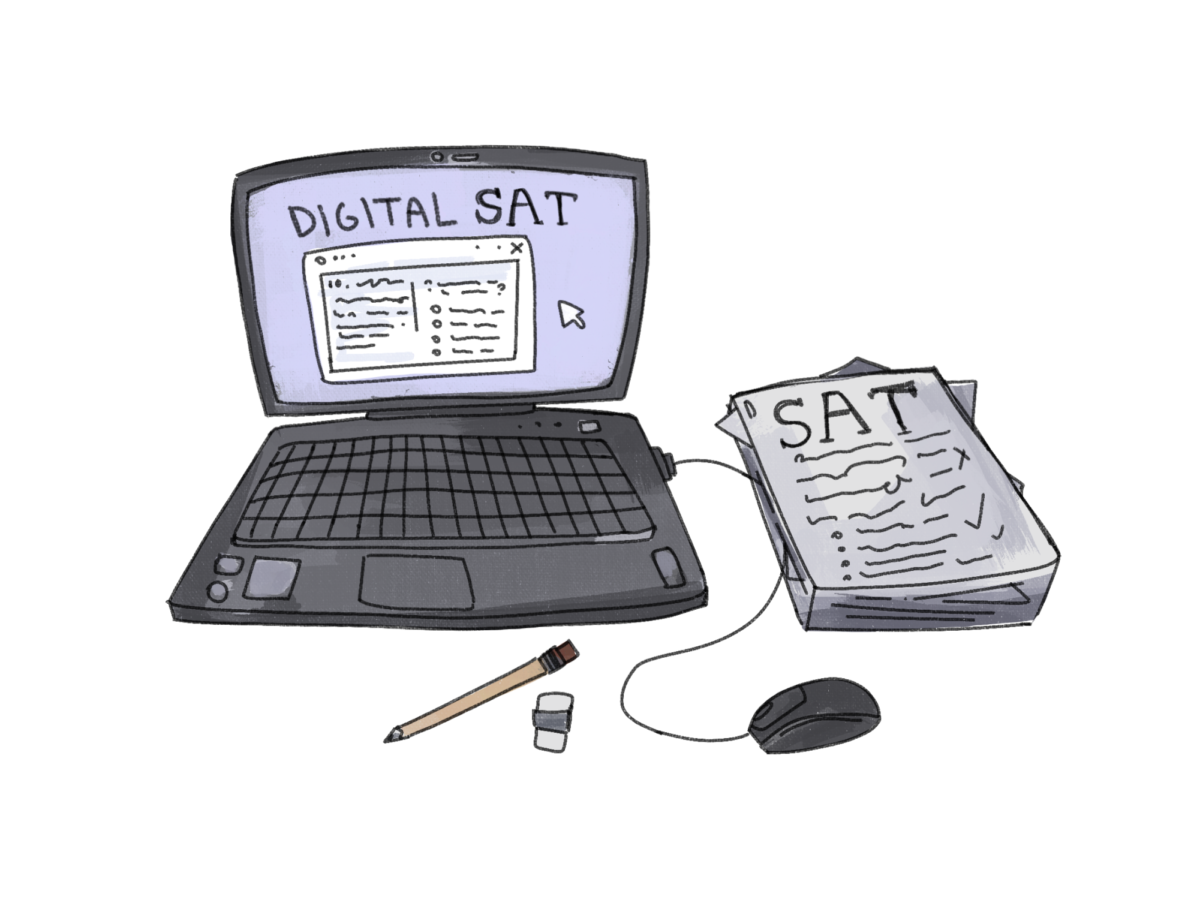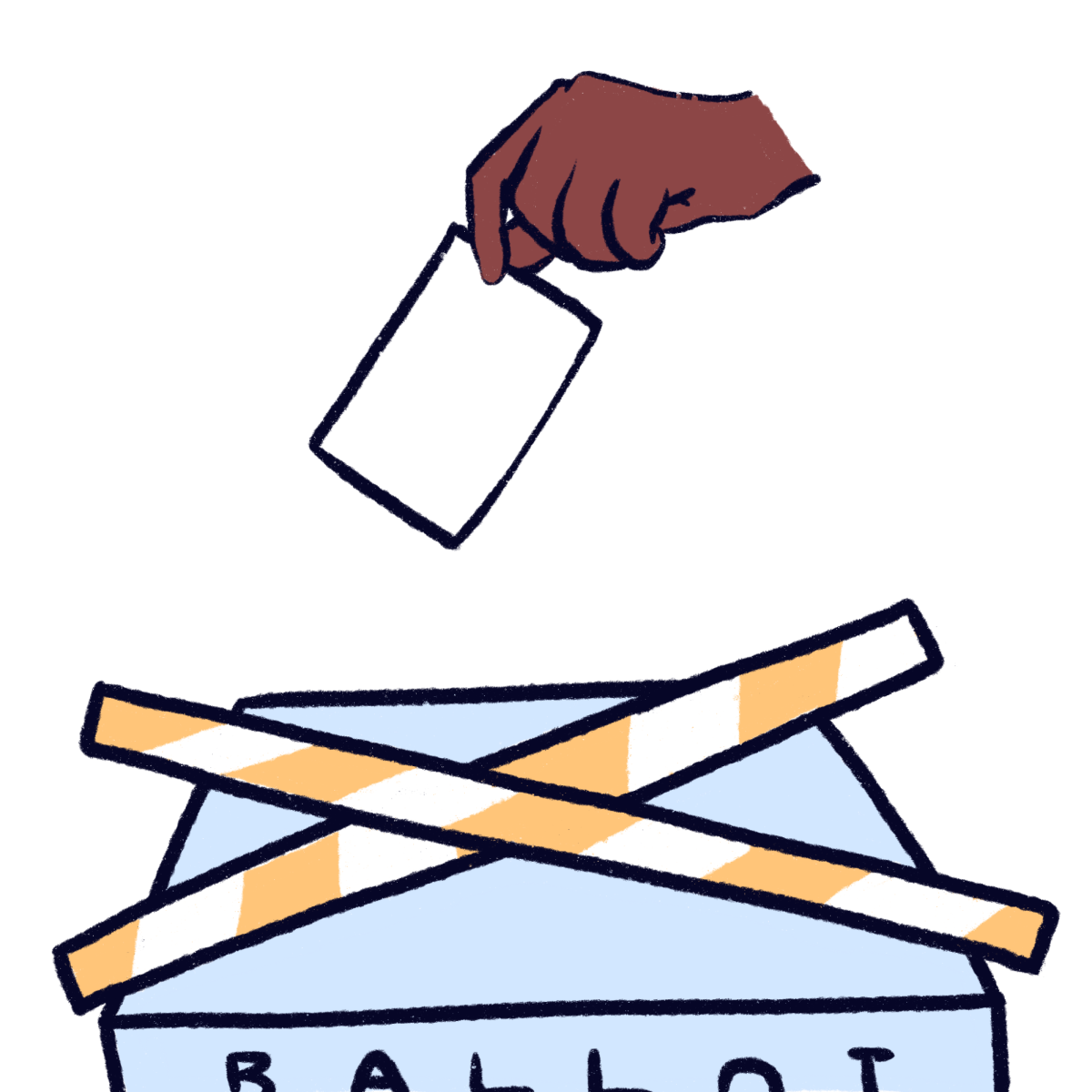For the first SAT of the year, Richard Montgomery High School administered the first in-school digital SAT for juniors. All MCPS high school juniors could take the test free of charge as part of a modified school day schedule.
According to Common App data, college applicants submitting SAT or ACT scores dropped from 76 percent in the 2019-2020 admissions cycle to 45 percent the following year. However, some students and educators believe standardized tests should remain relevant to a student’s academic profile.
Despite Ivy league colleges such as Yale and Dartmouth recently re-establishing their requirement for sending in test scores, many universities do not require high school students to submit SAT scores in the application process.
Compared with its previous paper format, the digital SAT cuts testing time by about an hour, though the exam is still scored on a 1600-point scale. English passages are shorter and grammar-oriented, and both math sections can be completed using a Desmos graphing calculator.
Another notable difference is the adaptability of the digital test, allowing each student a different pathway through their test depending on how many questions they answer correctly in previous modules.
“The best aspect was how short it was,” junior Meggie Chang said.
The College Board claims these digital changes will keep the SAT equitable and accessible for a wider pool of high schoolers by reducing test anxiety. The effectiveness of such measures varies from student to student and is based upon multiple environmental factors.
“I thought it was really interesting how they made the test adaptive. It was kind of weird since we all had different questions,” junior Carly Nunez said.
Free practice resources available to students are concentrated in Khan Academy and Bluebook, a digital testing application that provides a few practice tests similar in structure and format to official exams.
Not all aspects of the March 2024 test ran as expected, though. A few days following the March 2024 SAT, a number of students asserted the second math module was far too difficult and presented questions with concepts never seen before.
“College Board should have made their official practice tests more accurate to the difficulty levels of the real thing,” Chang said.
SAT content creators and virtual tutors interviewed by Forbes corroborated student claims on multiple social media platforms: the second math module was perceived as higher in difficulty than the practice questions provided by Khan Academy, the College Board and other available online resources.
Students who took both paper and digital versions of the test have conflicting opinions about certain changes.
“The only thing that really changed was the reading section but the math questions remained pretty much the same,” junior Nhi Le said.
The digital switch sparks questions in students as technology continues to expand.
“It’s definitely a huge step away from the paper tests and I’m wondering if college exams will transition to digital,” senior Anthony Leung said.
Additionally, misconceptions about score release times have led to increased test anxiety. According to the College Board, scores come out two weeks after the test is administered, while for other tests scores are released after about a month.
“My scores came out a lot later than I expected,” Le said.
According to NPR, the College Board expects more than 1 million high school students to take the new digital, adaptive SAT.
If you would like to voice your opinion on an issue you feel is relevant to our community, please do so here. Anyone is able and welcome to submit a Letter to the Editor, regardless of journalistic experience or writing skills. Submissions may be published either online or in a print issue.








